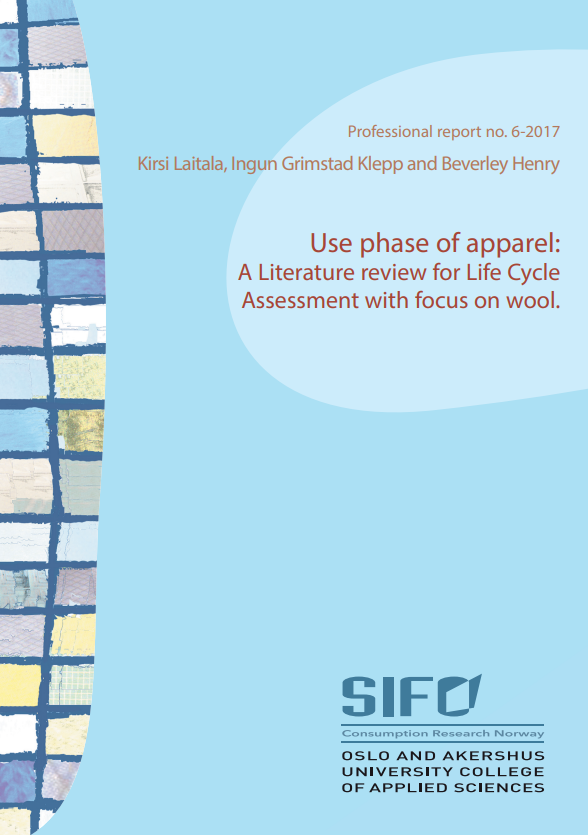Care and production of clothing in Norwegian homes: Environmental implications of mending and making practices
Kirsi Laitala and Ingun Grimstad Klepp
Abstract
Mending, re-design, and altering are alternatives for prolonging the use period of clothing. It is a common assumption that nobody mends clothing anymore in Western societies. This paper studies Norwegian consumers’ clothing mending and making practices. We ask how common the different mending and making activities are, has this changed during the past several years, who are the clothing menders and makers, and further, are these practices related to consumers environmental opinions?
We build on three quantitative surveys in Norway from 2010, 2011, and 2017. Many consumers do mend their clothing at least occasionally, especially the simpler tasks, such as sewing on a button and fixing an unravelled seam. Women and the elderly are more active in making and mending, whereas the young are a bit more likely to make something new out of old clothing. The mending activities were correlated with respondents’ environmental opinions. Mending clothes is more common than is usually assumed. Knowledge of current practices and barriers for clothing mending enables us to recommend measures that can potentially increase the use time of clothing. These results can be beneficial in clothing design, home economics, and crafts education as well as understanding consumer behavior and making policies that aim at environmental improvements within clothing consumption.
